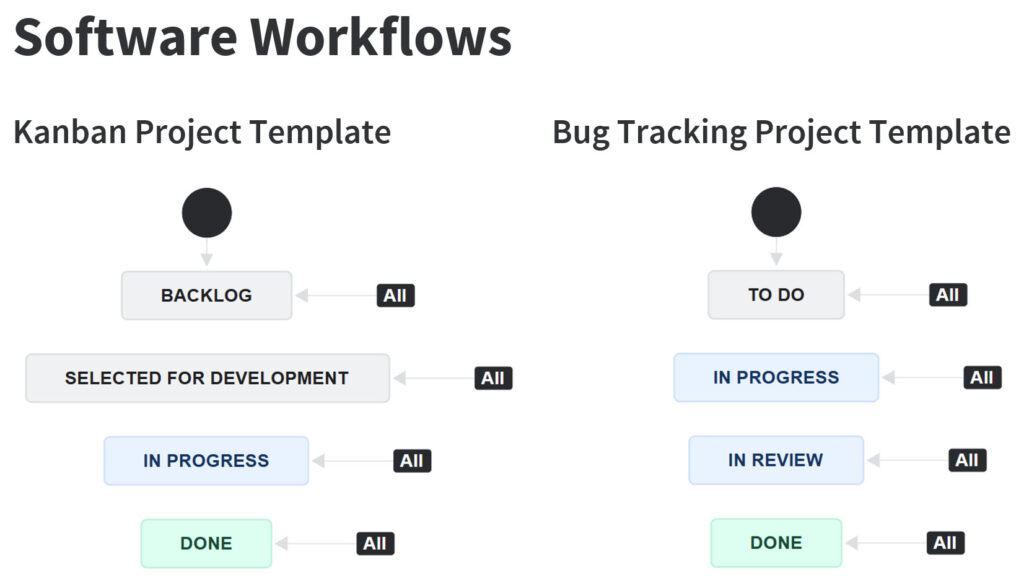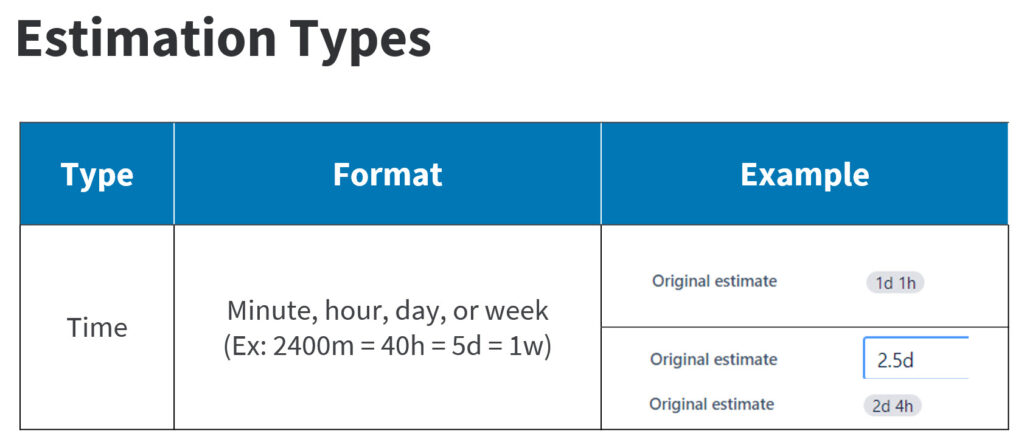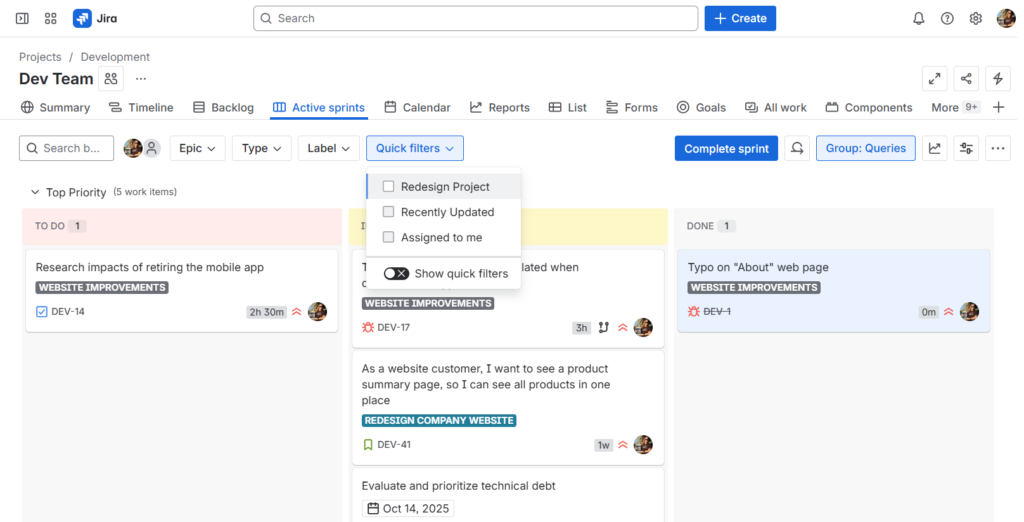You already know that Jira is a great tool for project management, but did you know that it has a whole heap of extra features designed to support the software development lifecycle? If you’ve already taken my Learning Jira course (Cloud edition / Data Center edition), then you might be interested my new course, Learning Jira: Leveraging Sprints, Releasing Features, Fixing Bugs, and Tracking Development. It’s now available on LinkedIn Learning!
This course covers the Jira features that are specific to software development including:
- Software Project Templates
Jira includes templates for Kanban, Scrum and Bug projects. We’ll explore what’s available in each and which project type is the best fit for your team. - Work Types and Hierarchy
You’ll learn about the work types (epics, stories, bugs, etc.) that are typically used in Jira software projects. We’ll also discuss the hierarchical relationship between the different types and the options for viewing those relationships. - Software Development Workflows
Jira includes workflows specifically designed for software development and of course, your organization can create custom versions. I’ll show you some examples and the differences between linear workflows and workflows that use global transitions. We’ll also look at how those workflows power Jira boards.

- Backlogs and Sprints
I’ll show you which project types include backlogs and sprints, and how to enable them if they’re not available in your project. - Estimating Work in Jira
Jira supports both time estimation and story points. We’ll look at how both work, what you can do to provide better estimates, and how you can total sub-task estimates in parent issues.

- Managing Releases
The Release Hub allows you to track and manage software releases. We’ll tour the hub, discuss the difference between fix versions and affects versions, and see how you can instantly generate release notes. - Reports
Software projects also come with a collection of out-of-the-box reports that show whether or not a team is on track to complete the expected work. We’ll look at the various reports, and I’ll share my experience regarding which reports are most useful for different audiences.

Best Practices and More
I’ll also share some of my own best practices that I’ve developed after years of working with Jira – like the three things you should always do after working on an item.
Then we’ll take a closer look at ways to manage your work in Jira. You can visually manage your workload in many ways using lists, timelines, and calendars, create and subscribe to filters, configure Jira boards, and build an individual dashboard that works for you.
Finally, we’ll take a look at some ways users and Jira administrators can work together to maintain a healthy, efficient, and useful Jira application.
The course is designed to be hands-on. You’ll have a chance to create your own board, filter and custom dashboard. I include both Cloud and Server/Data Center examples, and cover the differences between what’s available in Company-managed vs Team-managed projects. If you’re new to using Jira for software development or wanting to know more about advanced features like parallel sprints or the most useful JQL functions, this course is for you.

